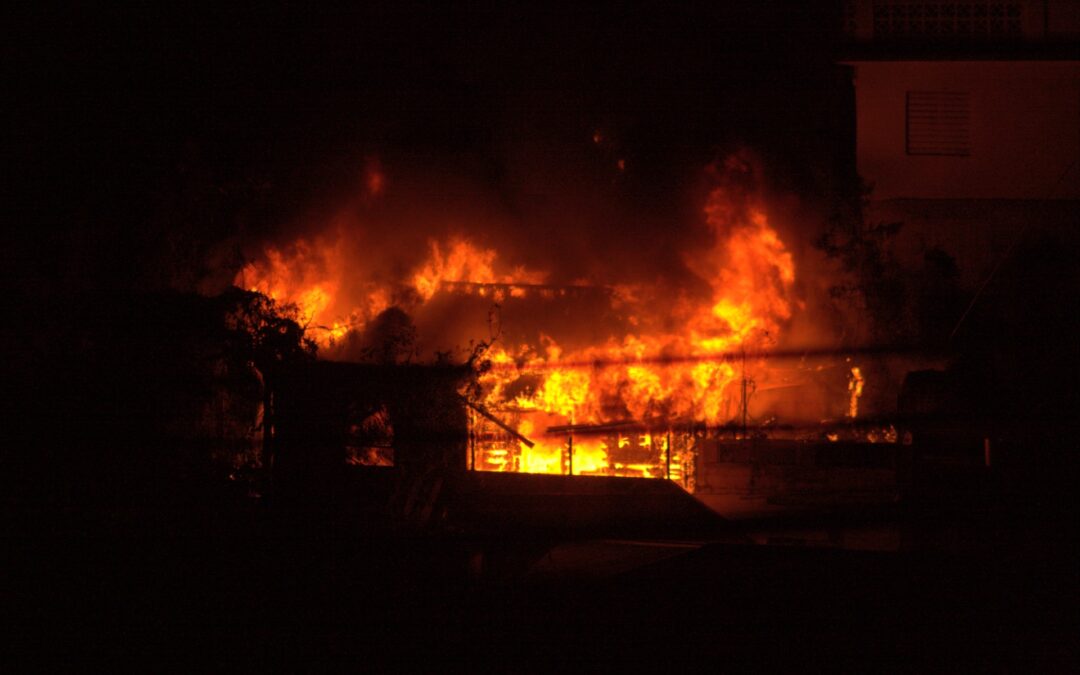The fire danger rating describes the potential level of danger if a fire starts. They are significant because they provide people with information that allows them to take action to protect themselves and others from the potentially hazardous effects of bushfires.
What will change?
The method by which we determine and communicate Fire Danger Ratings is evolving. To be more accurate and relevant to where you live, a new Fire Danger Rating System is being developed using cutting-edge science.
The new system will be used across the country, so whether you’re at home or on the road, you’ll see the same thing. Community feedback was used in the design process to make it easier to understand and to provide you with more specific advice on how to stay safe.
The new Fire Danger Ratings are divided into four categories (rather than six): Moderate, High, Extreme, and Catastrophic. Each level will have actions, so you’ll know what to do to protect your life, family, and property.
The new fire danger ratings will be available online and in your community beginning in September 2022.
- The Australian Fire Danger Rating System is a completely new approach to calculating and communicating Fire Danger Ratings.
- An extensive community engagement and education campaign will accompany the system’s rollout.
- The new system aims to provide more accurate and timely information about fire danger by utilizing the most recent science and community input.
- The new system has four levels of fire danger ratings and actions, bringing national consistency to the display of ratings in public.
Reasons Behind the Changes
The current Fire Danger Ratings are based on science that is more than 60 years old, are not updatable, and are only designed for a small number of vegetation types that cover one-third of the Australian continent. As science has advanced, so has our ability to predict fire behaviour and threat. The new AFDRS will build a better system to deliver more accurate information to Australians by incorporating the most recent science, knowledge, and data, as well as fire behaviour models for a wide range of vegetation types.
Since the 1960s, Australia has used the McArthur meter, which was developed by McArthur and CSIRO. In terms of the underlying design, the NSW Rural Fire Service created a prototype of the AFDRS, which demonstrated improved fire danger forecasts over the current system when compared to real-world fires. The AFDRS is being designed to be constantly updated as information and science advance.
Using cutting-edge science, fire agencies such as the NSW RFS will be able to better assess the conditions and consequences of a fire if one breaks out.
On days when there is a fire risk, Fire Danger Ratings will be issued. Each fire hazard will have a distinct set of messages, as well as actions that the community can take to reduce their risk.
When will take effect?
The new AFDRS will be rolled out in September 2022.
A comprehensive implementation project is assisting with the transition to the new AFDRS. To prepare for the implementation of the new AFDRS, significant work is required in all jurisdictions across many sectors, including fire and land management, education, health, transportation, agriculture and forestry, utilities (e.g., electricity, gas, and water), and local government, including changes to legislation, policy, procedures, information systems, web pages, signage, and training of staff, contractors, and volunteers, as well as public education and awareness.
For questions about the new fire danger ratings, message us here or via our Contact page.

Recent Comments